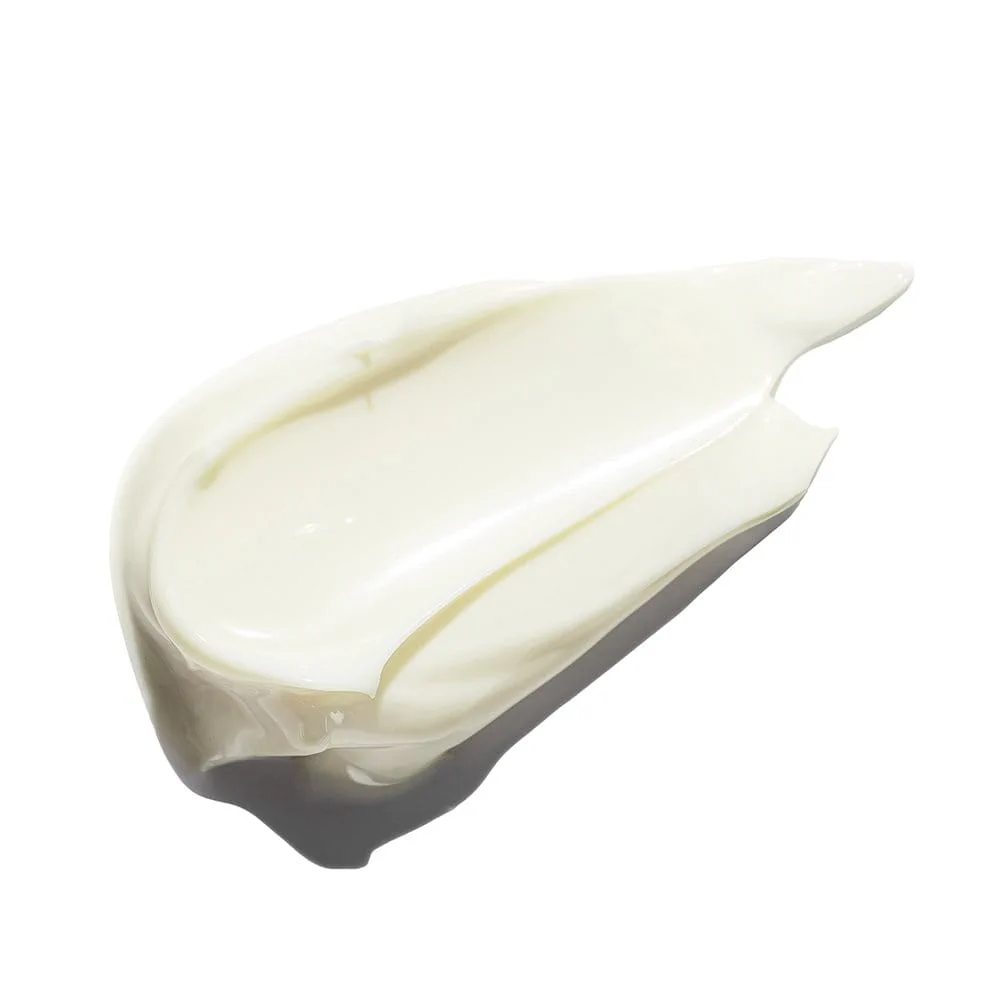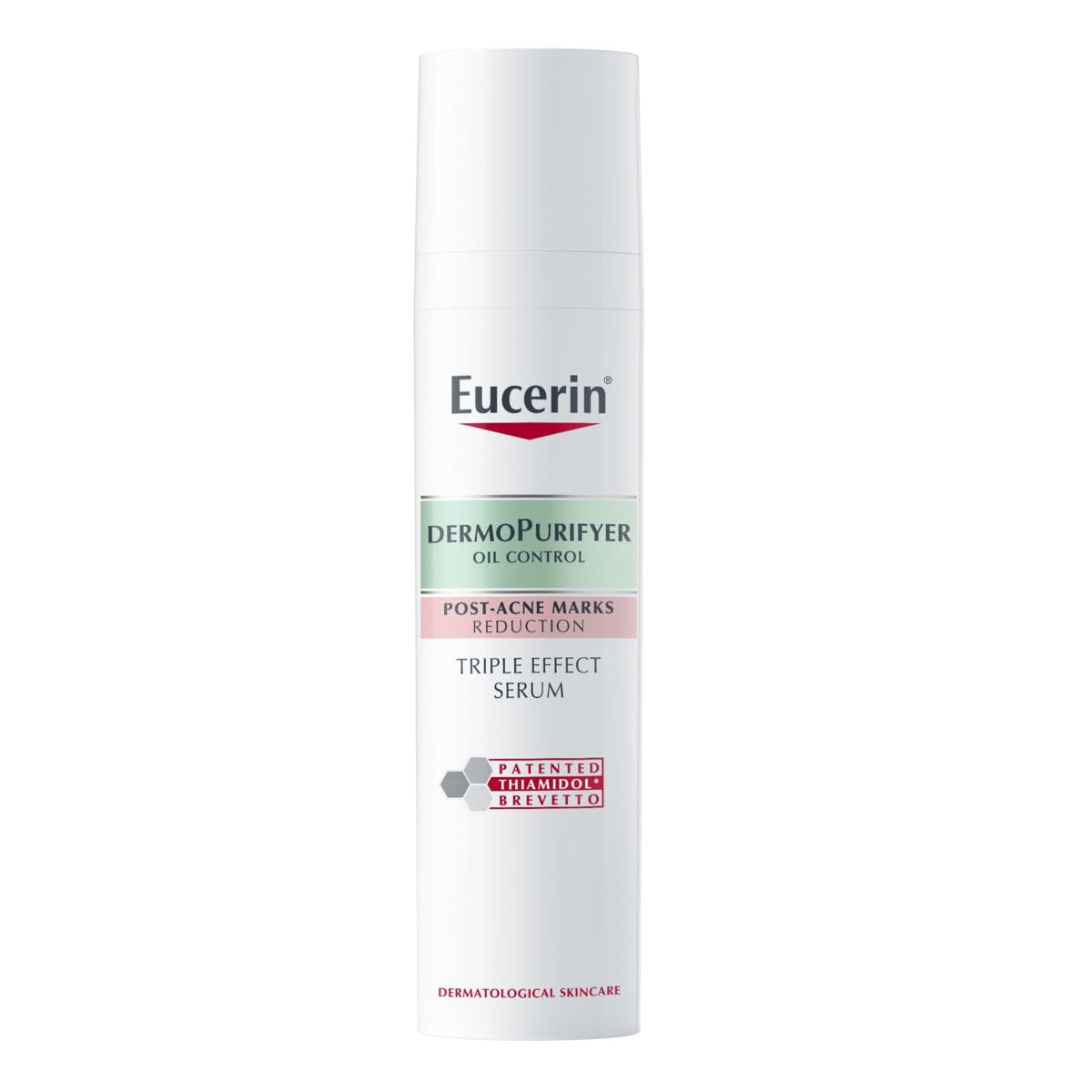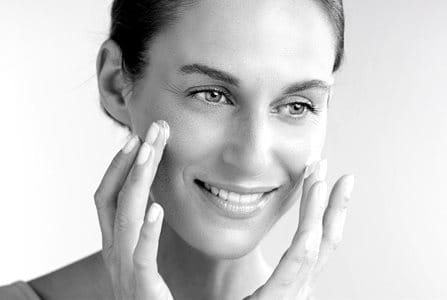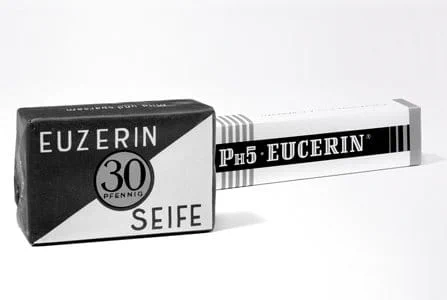We take responsibility. For your skin. And our planet.
Sustainability & Environment
Free of Microplastics (according to UNEP definition)
About
After sun care for face and body. For sensitive skin and skin prone to sun allergies. Soothes sun-stressed skin. With an innovative anti-oxidant defense system to support skin regeneration.
NART: 83583-09900-00Eucerin After Sun Sensitive Relief Gel-Cream
Immediately soothes sun sensitive & irritated skin and repairs from sun induced skin damage.
The innovative CELLULAR REPAIR soothes sun-stressed, irritated skin with Licochalcone A which protects against free radicals and Glycyrrhetinic Acid which supports skins own DNA repair mechanism to reduce sun induced skin damage.
Instantly & long-lastingly moisturizes skin. Fresh & cooling. Non-greasy & non-sticky. Pleasantly fragranced & Suitable for children.
Ingredients
We choose all our ingredients with great care and never compromise on quality. Learn more about the key ingredients of this product.
The ingredients in our brand products are updated regularly. For this reason, occasionally there may be discrepancies between the ingredients on our website and on our product packaging. We therefore recommend that you always pay attention to the information on our product packaging and check the ingredients listed there.
View all

View all
- Licochalcone ALearn More
Licochalcone A is a potent anti-inflammatory and antioxidant active that is derived from the roots of the Chinese licorice plant Glycyrrhiza inflata. Licochalcone A protects cells from oxidative stress mediated by UV and blue light (HEVIS).
Licochalcone A is able to activate anti-inflammatory, antioxidant and detoxifying enzymes. These enzymes protect the skin cells from damage induced by oxidative stress, like lipid peroxidation and DNA as wells as protein damage. Licochalcone A is able to soothe irritated skin and redness.
- Glycyrrhetinic AcidLearn More
Glycyrrhetinic acid (also called Enoxolon) is derived from the roots of Glycyrrhiza glabra (licorice plant) and is well-known in traditional Chinese medicine. It is a pentacyclic triterpenoid with anti-inflammatory and antimicrobial properties.
Glycyrrhetinic acid helps to preserve the level of hyaluronic acid and elastin against enzymatic degradation by hyaluronidase. Furthermore supports the skin's own repair mechanism against UV-induced DNA damage.

FAQ
What are the symptoms of sun allergy?
Sun allergies are very common, especially among young women and people with fair skin. The most common form of sun allergy is Polymorphus Light Eruption (often abbreviated to PLE). Typical symptoms include a bumpy and irritating rash and skin redness but you may also get blisters and pustules. Symptoms tend to develop a day or two after being in the sun and are normally on the underside of the arms and the chest − facial skin can be affected, but this is less common.
Other sun allergies include Acne Aestevalis (more commonly known as Mallorca acne). The symptoms of Acne Aestevalis closely resemble those of PLE. It typically effects women between 25 and 40 who experienced acne during puberty.
You can read about these allergies as well as how to care for allergy-prone skin in sun allergies: PLE and others.
How can I avoid getting sun-stressed skin in the first place?
Sun, in moderation, is good for our overall wellbeing, but unprotected and excessive exposure to the sun’s rays can have both short- and long-term consequences which include sunburn, photoaging (premature skin aging caused by the sun) and even skin cancer.
Limiting your and your child’s exposure, and always wearing adequate protection, are essential steps in caring for skin in the sun. And facial sun protection should be considered part of your daily skincare routine, because it’s not just holiday sun that can damage skin.
Here are some of the golden rules of sun protection:
- Choose a product that has been specially formulated for your sun allergy-prone skin and that offers the level of protection that you need
- Apply generously before sun exposure and reapply frequently− especially after swimming, perspiring or toweling − to maintain the original protection
- Be careful not to miss any areas that will be exposed
- Remember that reducing the quantity you use will significantly lower the level of protection
- Don`t stay in the sun for too long, even when using a sunscreen product − remember that skin damage can occur well before sunburn is visible
- Over-exposure to the sun is a serious health threat
- Keep babies and young children out of direct sunlight
You can find out more about how to care for skin in the sun in the effect of sun on skin: prevention and protection and the effect of sun on children’s skin. If you are in any doubt about how your skin is likely to react to the sun, or what level of protection you should be using, ask a dermatologist for advice.
Does skin that’s prone to sun allergies need special sun protection?
Like sensitive skin, allergy-prone skin has a weakened protective barrier making it more vulnerable to external irritants. One of those external irritants is the sun. Certain chemicals − such as perfumes − can also trigger a reaction in sensitive, allergy-prone skin. Eucerin Sensitive Relief After Sun Cream Gel 150ml gives skin prone to sun allergies the high level of protection it needs. It also contains antioxidants that soothe skin and strengthen skin´s own protection system against UVA-induced free radicals, helping to prevent the formation of sun allergies.
Read also some related articles
















